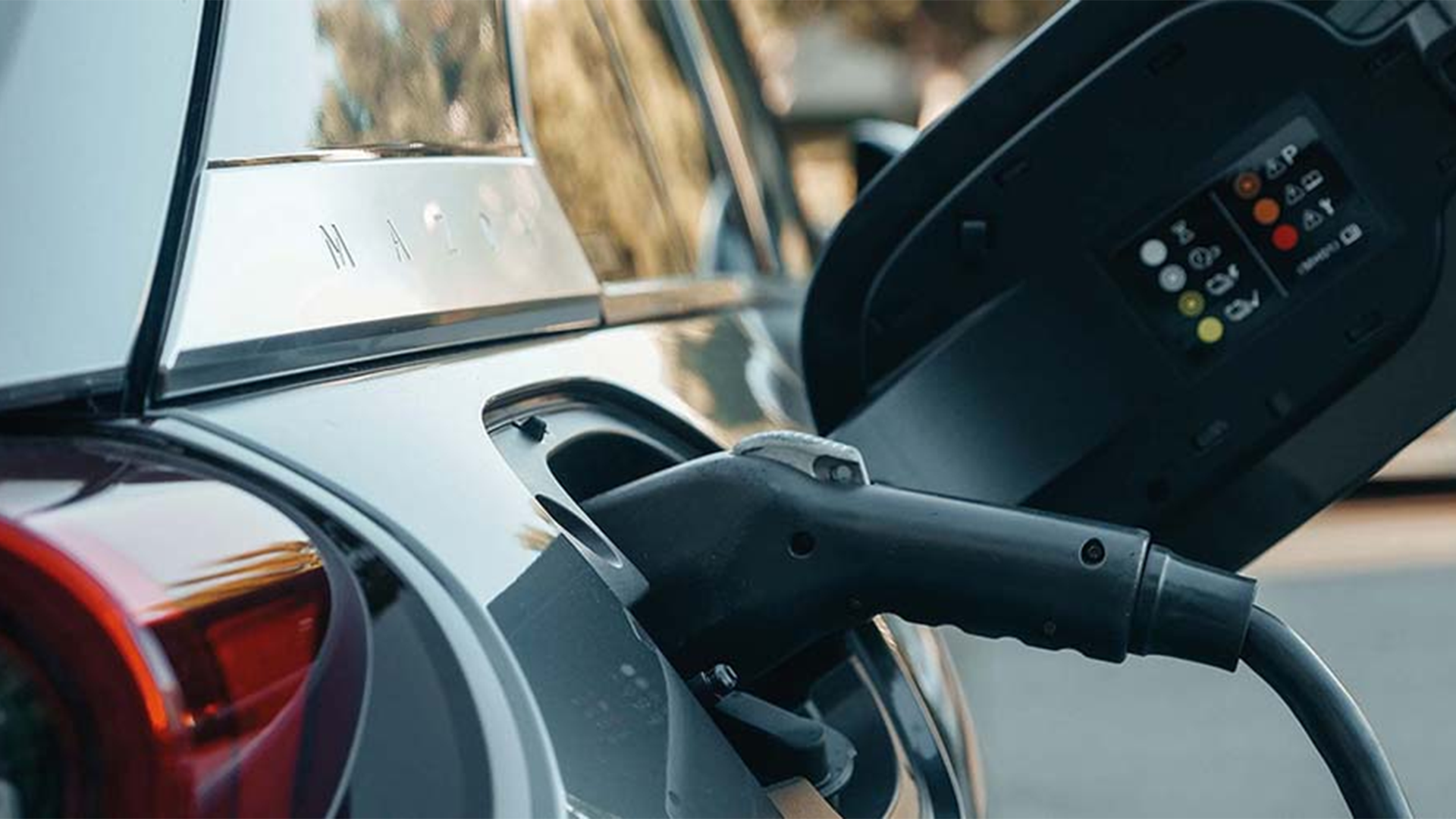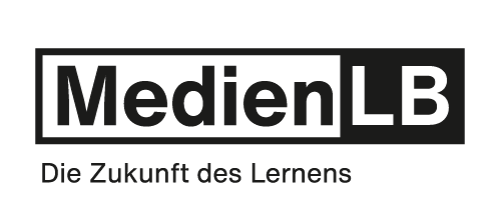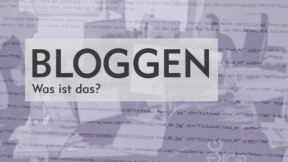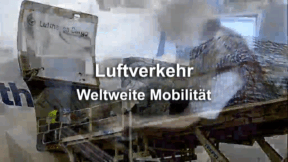 Chemistry
Chemistry


46503482 / 55502974
Wasserstoff
Energieträger der Zukunft
Wasserstoff ist das häufigste Element im Universum. Auf der Erde ist der Wasserstoff größtenteils in Verbindung mit Sauerstoff im Wasser gebunden.
Die Gewinnung von reinem Wasserstoff ist bereits seit über 200 Jahren bekannt, auch die Freisetzung von Energie konnte früh beobachtet werden.
Gezielt als Treibstoff wird Wasserstoff seit etwa 70 Jahren zunächst vor allem in der Raketentechnologie eingesetzt.
Wasserstoff, der bei Verbrennung zu Wasserdampf wird, ein wichtiger Baustein im klimagerechten Umbau der Mobilität.
Der Film zeigt Möglichkeiten der Gewinnung und Nutzung von Wasserstoff und geht hierbei auch auf klimafreundliche Methoden zu seiner Gewinnung ein.
In Verbindung mit dem umfangreichen Zusatzmaterial (Arbeitsblätter, interaktive Aufgaben, Testfragen, Glossar) lässt sich das Medium hervorragend im Unterricht verwenden.


Curriculum-centred and oriented towards educational standards
Matching
Blogging
The weblog or blog, for short, as a medium is not much older than this century. Blogs came into being in the World Wide Web as ’messages from below’, as web pages from web creators who wanted to share their view of the world with the world. They are short notes, long texts, pictures, videos, which are posted loosely and at random intervals to the world for an undefined public.
The Daily Newspaper
Every day, there is a surge of news reaching us via different news channels. In spite of TV and Internet, the daily paper still is one of the most important main sources of news. But how is a newspaper created? The film shows the production of a paper in the course of one day. Starting with the editorial meeting in the morning, in which the topics and deadlines are determined, the film accompanies a journalist during her research work. You can see how a journalistic interview is conducted and what the photographer must consider when taking a press photo. Back in the editorial office, the editor’s work is illustrated, which includes the page layout and the writing of an online article in today’s time. Impressive pictures from the printing centre depict the process from the digital page to the finished newspaper. Together with the comprehensive accompanying material, the DVD is perfectly suited for use at school
Air Traffic
Being able to fly has been a dream of humanity from time immemorial. But it does not even date back a century that people actually started being able to travel through the air. Since the 1960s, the number of flight passengers has been constantly increasing. Thus, the airspace is no longer dominated by birds but by man-made flying objects.









